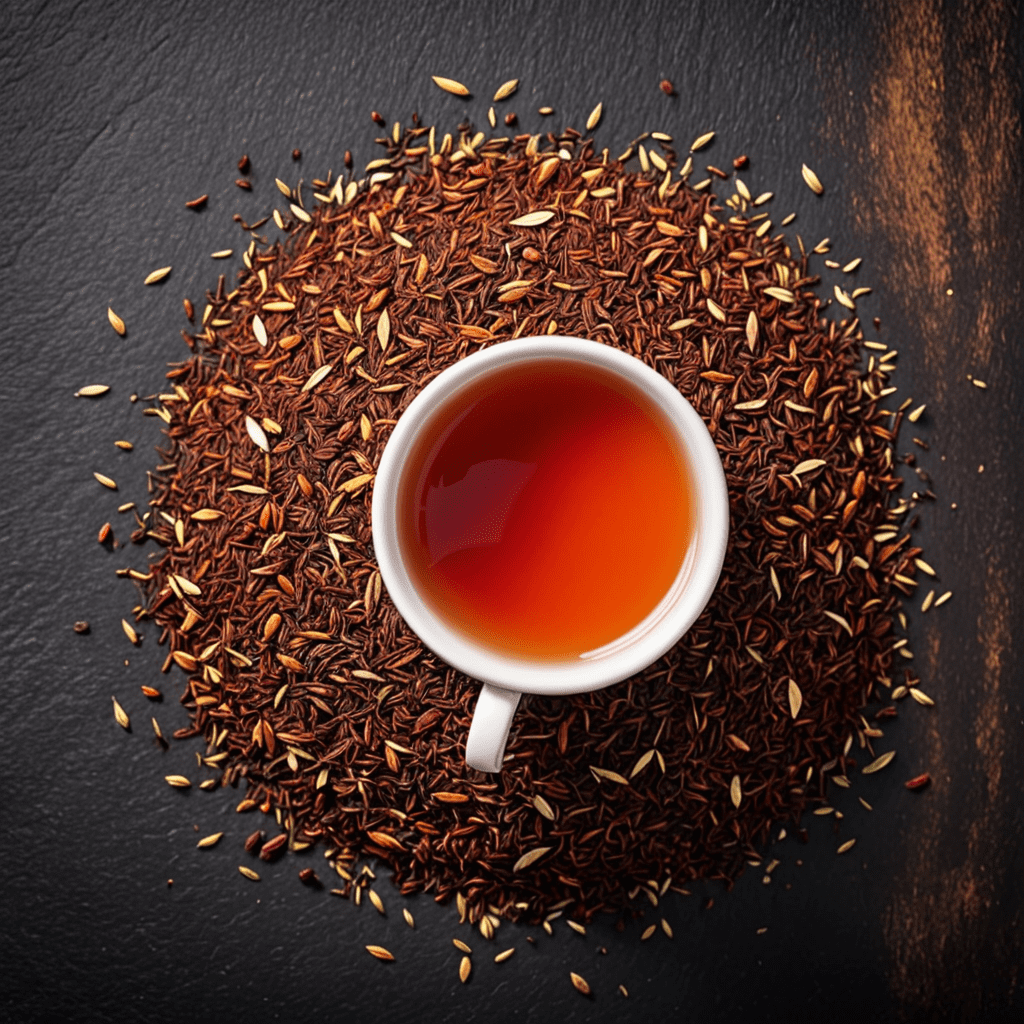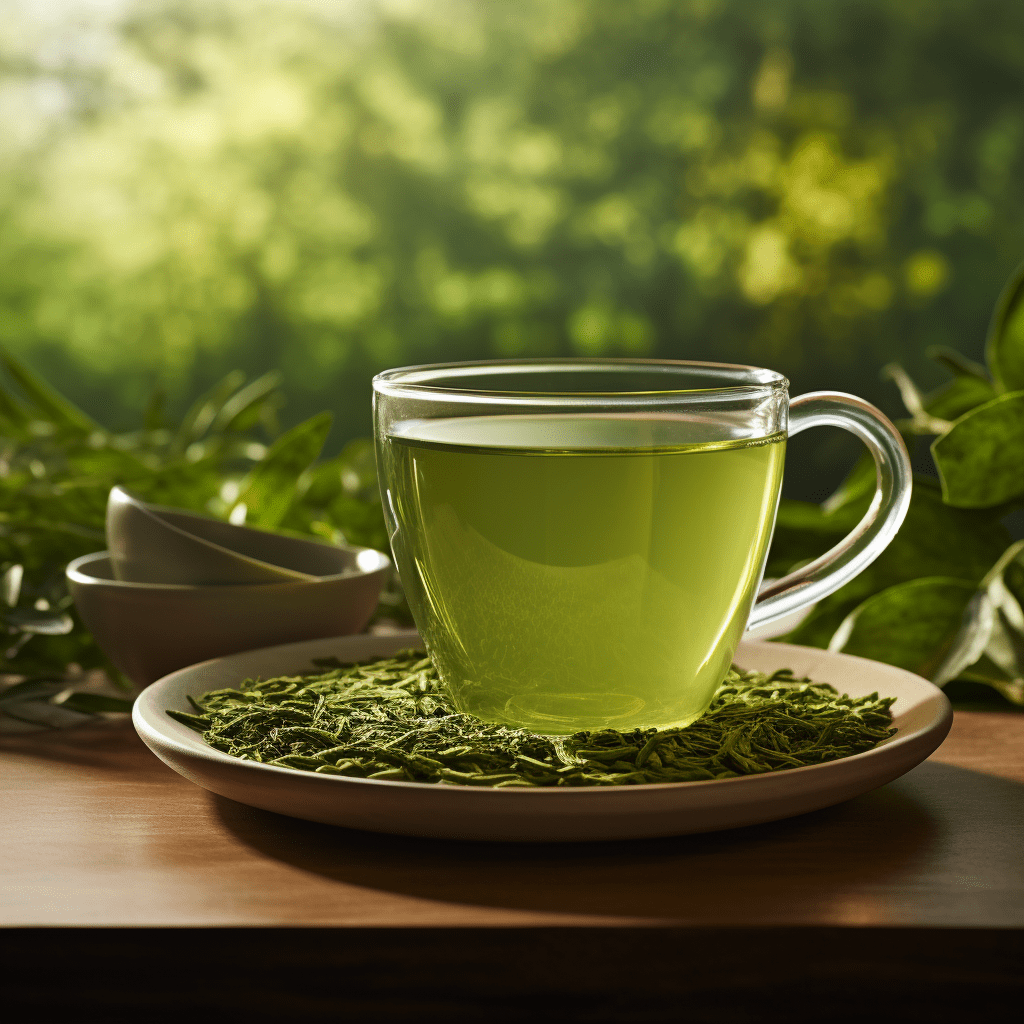Unlock the Mystery: The Source of Delectable Black Tea
The Fascinating Plant Behind Black Tea Production
Black tea is one of the most popular types of tea consumed worldwide. But have you ever wondered what plant is used to create this flavorful and aromatic beverage? In this article, we will dive into the origins of black tea and explore the plant that makes it all possible.
The Camellia Sinensis: The Wonder Plant
Black tea is derived from the leaves of a plant known as Camellia Sinensis. This evergreen shrub is native to East Asia and belongs to the family Theaceae. The Camellia Sinensis plant is valued for its unique properties and ability to produce various types of tea.
Distinct Varieties of Camellia Sinensis
Within the Camellia Sinensis plant species, several varieties exist, each contributing to different types of tea. These varieties include:
- Camellia Sinensis var. Sinensis: Commonly known as China tea, this variety is primarily used to produce black teas with bold flavors and rich aromas.
- Camellia Sinensis var. Assamica: Originating from the Assam region in India, this variety is typically used for strong and malty black teas.
- Camellia Sinensis var. Cambodiensis: This variety is native to Cambodia and contributes to the creation of unique and distinct black teas.
- Camellia Sinensis var. Dichotoma: Found in Korea, this variety is often utilized to make traditional Korean black teas.
The Tea-Making Process
Now that we know the plant responsible for black tea, let’s explore the fascinating process of transforming its leaves into the beloved drink we all enjoy. The tea-making process generally involves the following steps:
- Withering: Freshly harvested Camellia Sinensis leaves are spread out and left to wither, reducing their moisture content.
- Rolling: The withered leaves are then rolled to break their cell walls and initiate oxidation.
- Oxidation: The rolled leaves are exposed to oxygen, triggering a chemical reaction that results in oxidation. This step plays a crucial role in developing the unique flavors and colors of black tea.
- Firing: After oxidation, the leaves are fired to halt the enzymatic activity and ensure the tea retains its desired characteristics.
- Sorting and Grading: The fired leaves are sorted based on size and quality, undergoing rigorous grading processes to ensure consistency.
- Packaging: Finally, the sorted tea leaves are packaged to be shipped, ready to be brewed and savored by tea enthusiasts around the world.
Frequently Asked Questions about the Plant behind Black Tea
1. Is black tea the only type of tea made from the Camellia Sinensis plant?
No, aside from black tea, the Camellia Sinensis plant is also used to produce other types of tea, including green tea, white tea, oolong tea, and pu-erh tea.
2. Can I grow the Camellia Sinensis plant in my backyard?
Depending on your climate and growing conditions, it is possible to cultivate Camellia Sinensis plants in your backyard. However, it requires specific care and attention to thrive.
3. Are there any health benefits associated with consuming black tea?
Yes, black tea is known to be rich in antioxidants and can potentially improve heart health, aid in digestion, and boost immunity. However, individual results may vary, and it’s essential to consume it in moderation as part of a balanced diet.
4. Can I use any type of tea leaves to make black tea?
No, black tea specifically requires leaves from the Camellia Sinensis plant. Other types of plants may produce different varieties of tea, such as herbal teas or fruit infusions.
5. Are there any specific brewing techniques for black tea?
While brewing techniques can vary based on personal preference, it is generally recommended to steep black tea in hot water for 3-5 minutes to achieve optimal flavor and strength.
6. How long does the Camellia Sinensis plant take to mature before harvest?
The time it takes for the Camellia Sinensis plant to mature and be ready for harvest depends on various factors such as variety, climate, and growing conditions. However, it typically takes around 3-5 years for the plant to reach its prime harvesting stage.
7. What is the caffeine content in black tea?
Black tea contains caffeine, but the exact amount can vary. On average, an 8-ounce cup of black tea can contain anywhere between 30-60 milligrams of caffeine. It is important to note that caffeine content can be influenced by steeping time and brewing methods.
As you savor your next cup of black tea, take a moment to appreciate the Camellia Sinensis plant that brings forth this delightful beverage. Knowing the origins of black tea adds an extra layer of appreciation as you immerse yourself in its rich flavors and aromas.


